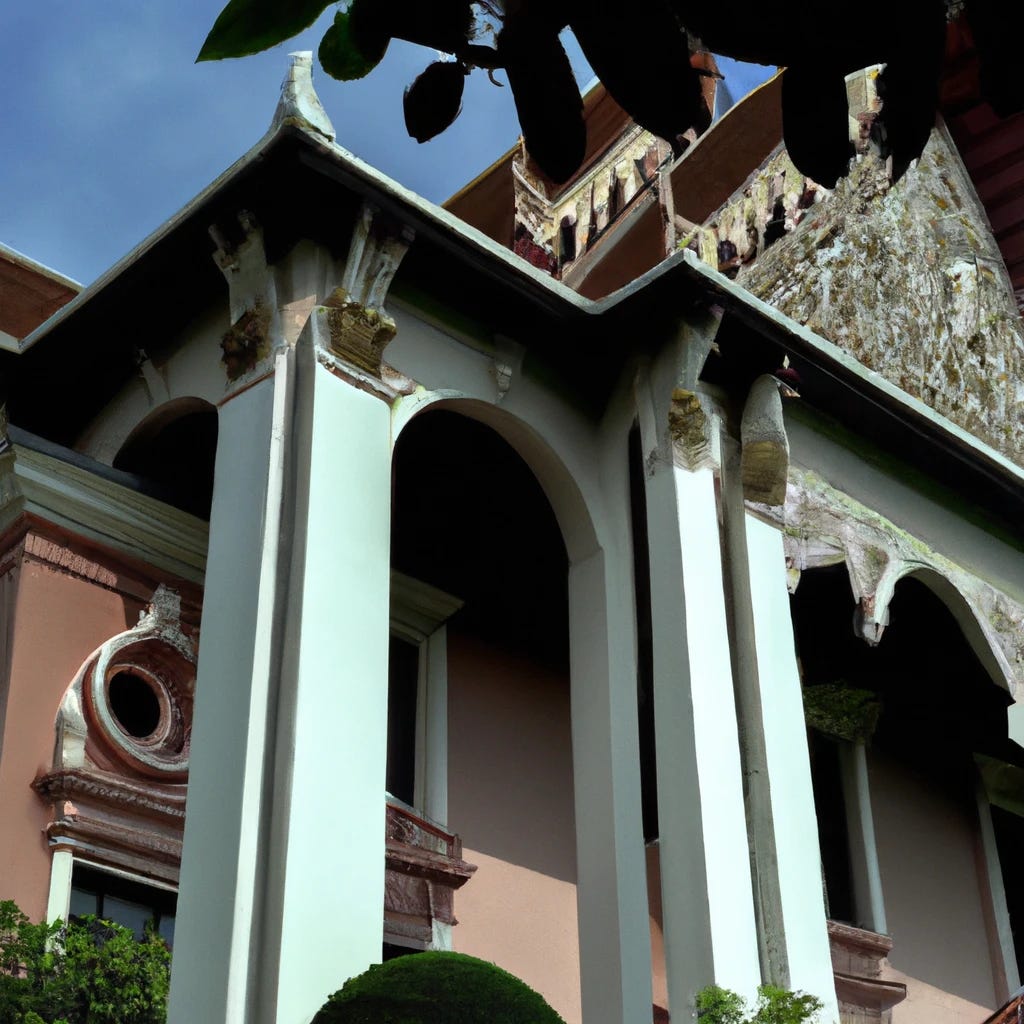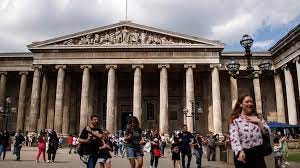When Museums Wage War Againt The Past They Betray Their Vocation
Britain's museums are less interested in appreciating their collection than in holding it in contempt
Britain is at war. Though there has been no formal declaration, and most people will regard it as a conflict so ridiculous it borders on the insane, this war is real.
We fighting our own history. And our museums are the most vicious battlefront.
Anyone visiting a historic exhibition, a museum or stately home in the UK today will be confronted with incessant warnings about the malevolent influence of the past. Colonial history in particular is treated as toxic, as though merely learning about an object can inspire racist thoughts in visitors.
Curators go to extraordinary lengths to suggest links between the trans-Atlantic slave trade and any painting or artefact created in Britain, from the aftermath of the English Civil War to the Victorian era.
Family trees are scoured for traces of any income derived from plantations in the West Indies or the transport and sale of slaves. Anything, however tenuous, can be used to tarnish the reputations of long-dead philanthropists and antiquarians.
I call this ‘grievance archaeology’ – that is, digging for reasons to be offended.
This frenzy of virtue-signalling is not merely ignorant and pointless. It is preventing important institutions such as the British Museum from doing their most basic job – looking after the irreplaceable objects in their trust.
Last month, in circumstances that beggar belief, a senior expert in Ancient Greek treasures was sacked from this museum after numerous items went missing - only, it is claimed, to reappear for sale via the auction site eBay. The individual denies any wrongdoing.
One estimate puts the total value of items missing from the British Museum archives at £80 million, and though the directors dispute this figure, an insider concedes they are likely to be worth ‘several tens of millions of pounds’.
More than 1,500 artefacts are missing, including gold jewellery and semi-precious stones, with some pieces dating back 3,500 years. Many items were uncatalogued and came from the bequest of an 18th-century benefactor. From a total of 942 in that collection, only seven items remain. Tracing them, let alone returning them to the museum, is likely to prove impossible.
Even after a whistleblower alerted museum authorities to the thefts, the individual was put in charge of the Elgin marbles. The museum’s cavalier ineptitude only furthers the argument for returning the marbles to Greece, which has long demanded their repatriation. Who is to say now that treasures such as the Benin Bronzes are safer in London than they would be if returned to Nigeria?
The central role of museums, and most of all the British Museum, has been to preserve our national inheritance, and to present the legacy of history and our civilisation to successive generations.
But today, instead of learning from the past, they are trying to teach the past a lesson.
The chief buzzword in museums is ‘decolonisation’. That means hunting out every connection to perceived injustice, not just within the British Empire but throughout all time. Museums now work on the principle that every historical figure has to be judged and, where necessary, condemned for their ‘racism’ or ‘transphobia’.
As a result, history is being read backwards, the present projected on to the past, with events from centuries ago discussing using the racialised vocabulary of the Black Lives Matter movement.
This leads to misreadings of history so bizarre that they are almost perverse.
At the British Museum’s Stonehenge exhibition last year, the accompanying booklet highlighted a burial in East Anglia where both a knife and an amber necklace were found – one an icon of masculinity, the other a feminine symbol, so the blurb claimed.
‘Although the body does not survive,’ it added, ‘these objects suggest gender rules were being transformed.’
That projects an ignorant prejudice on to the past – failing to acknowledge that we might have misinterpreted the significance of daggers and necklaces. And since the ‘body’ has gone, how can we be sure that a heterosexual couple weren’t buried there?
Earlier this year the British Museum ceased using the word ‘mummy’ to describe preserved remains from Ancient Egypt, instead opting for the tautologous term ‘mummified people’. The distinction, curators said, was to emphasise that these bodies had belonged to individual human beings – as if anyone was ever in the slightest doubt of this.
This bizarre fashion has spread. At the Great North Museum: Hancock in Newcastle, the bones of an Egyptian woman named Irtyru are now designated as ‘mummified remains’. This, we are told, acknowledges a history of colonial exploitation and gives her the respect she deserves.
The idea that it is incumbent on a museum to spell out its condemnation of slavery and sexism in Ancient Egypt would be comical if it was not being taken so seriously by these institutions.
The British Museum is so at war with its own history that a bust of its founder, Sir Hans Sloane, was removed from display two years ago. Sir Hans, who died in 1753, stands accused of profiting from slavery, through his wife’s family.
This deeply generous man, whose bequest is the bedrock of the British Museum, was compared by historian David Olusoga, on BBC Radio 4’s Today programme, to the Nazis, though he swiftly rowed back on this incendiary suggestion.
But it’s not just the British Museum.
In Glasgow’s Burrell collection, a note beside a bronze bust of a young Roman man, cast some 2,000 years ago, reads: ‘Roman artists copied Greek sculptors, who used mathematical formulas to work out what they thought were people’s perfect proportions. This has been wrongly used to promote racist ideas about the ideal proportions of faces.’
That is an assault on logic as well as art. It implies the Greeks and Romans were wrong to have any notion of who or what was beautiful: they were being racist, and teaching future generations to be racist.
This ludicrous approach has also been adopted by Portsmouth’s Mary Rose museum, which claimed in a recent blog post that objects found on Henry VIII’s flagship that sank in 1545 are in fact ‘queer’ symbols.
Nit combs, which were used by sailors to scrape insect infestations from their hair, were reinterpreted as icons of ‘heavily gendered’ hairstyles. ‘For many queer people today,’ noted an intern curator, ‘how we wear our hair is a central pillar of our identity.’
The wooden rosary beads found on every deck were denounced as symbolic of oppressive Christianity that outlawed homosexual acts between men, and a gold ring was suggestive of same-sex marriages.
The significance of a mirror, we were informed, was that: ‘For queer people, we may experience a strong feeling of gender dysphoria when we look in a mirror, a feeling of distress caused by our reflection conflicting with our own gender identities.’
A museum does not exist to peddle such irrelevancies.
This war on the past is raging ever more violently. Its chief victim is truth.
The original version of this essay was published by the Daily Mail https://www.dailymail.co.uk/debate/article-12438759/PROFESSOR-FRANK-FUREDI-museums-war-past.html





